uml-sp
Object-oriented simulation language UML2 SP
This project is maintained by vgurianov
Introduction
A simulation is a reproduction of behavior a study object, i.e. reproduction of algorithm unless is simplistically say.
Usually, for simulation use a computer programs.
The research include followes steps:
- define aims of modeling and requirements to software of simulation;
- conceptual modeling;
- formal describe of software;
- programming;
- verification and validation of the simulation model (and program);
- draw up a general plan of experiments;
- draw up a tactical plan and execute experiment;
- analyze results of experiments.
The Unified Process (UP) is a software engineering process (SEP), and it has five workflow are requirements, analysis, design, implementation, and test. The UML2 SP allow to use UP for a development of simulation models. The requirements, analysis, and design of UP support three first step of a simulation.
Simple example
In this example we shall simulated dialogs between humans.
Problem domain: Greeting
– Good morning, Mr. Goldsmith. It’s been a long time since we met. How nice to see you again.
– How do you do, Mr. Brown. I’m glad to see you too. How are you?
– Not bad, thank you /Thanks, not so well.
It’s necessary create a simulation model of dialog.
Main steps of development of a simulation model
UML2 SP ver. 1.0
0. Start of development
Run StarUML editor. Apply UML2 SP approach (Fig.1):
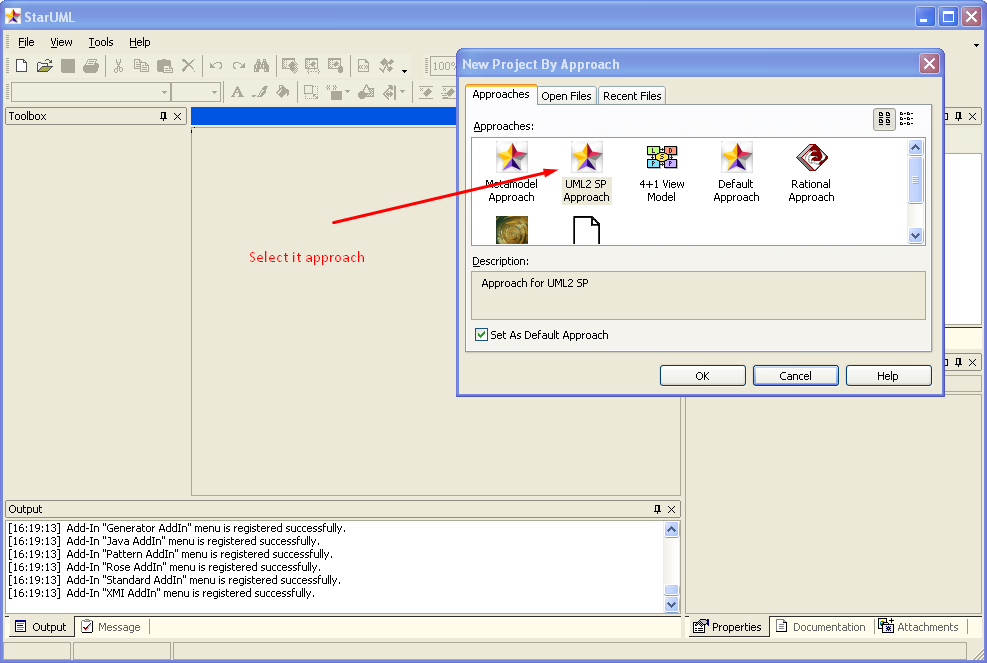
Figure 1. A selection of approach
or created new project. Main work areas see Fig.2.
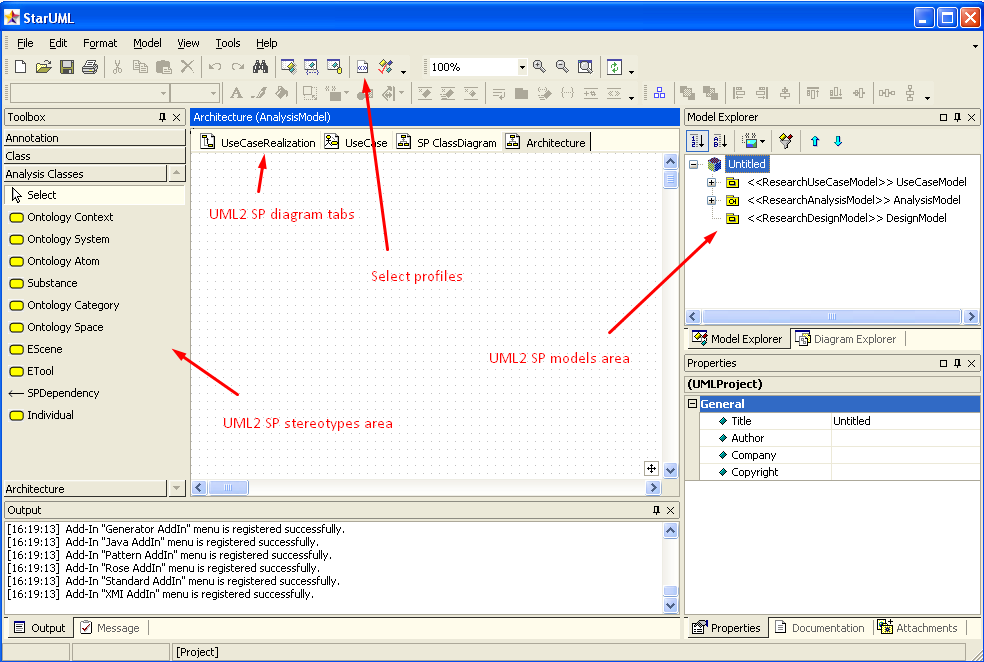
Figure 2. StarUML main window for UML2 SP approach
Save your project.
1. Determination of modeling objectives and requirements to software of simulation
In UML2 SP this step is a Requirement workflow. A Use-Case model is an artefact of Requirement workflow.
Objective: What will Mr. Brown answer?
Plan of experiment: Observe Mr. Brown and Mr. Goldsmith dialog.
Go “UseCase” tab and draw Use Case diagram (Fig.3).
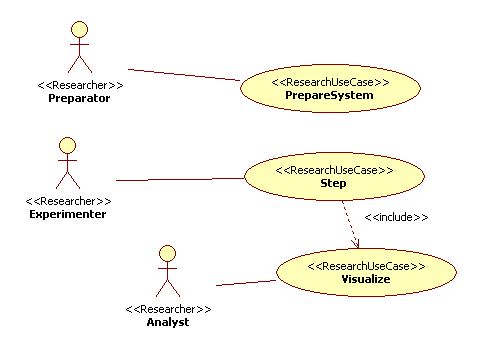
Figure 3. Use-Case Diagram
A Use-Case model define the functional requirements of the software of simulation: system must do “Prepare”,”Step” and “Visualize”.
Use-case must be accurately describe. A main use-case is “Step” use-case.
Description: Interlocutor listen to the speaker. Interlocutor ponder a message. Interlocutor give answer.
The description should be placed in the model, see Fig.4.
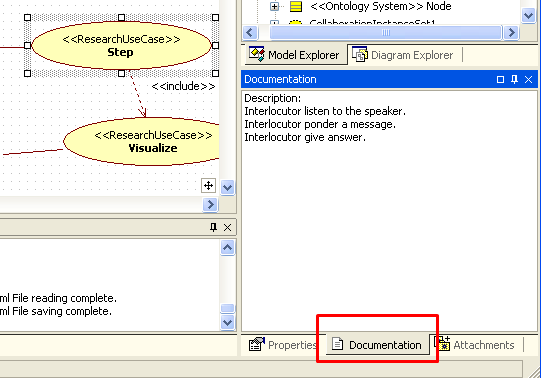
Figure 4. Description into Use-Case Model
We recommend use a semi-formal description, i.e. specification of use-case (see UML2 SP Application guide).
2. Conceptual modeling
In UML2 SP this step is an Analysis workflow. An Analysis model is an artefact of Analysis workflow.
In modern science, description of a model is mathematical description. The UML2 SP provide alternative posible of model description. It is very much useful of whenever a mathematical model do not be exist.
For description of model use an ontology. An ontology is a rigorous language like matematics language. In UML2 SP, an ontology is depicted as a class diagram. Application domain semantics is appointed of “Concept” tagget value. In matematical text, it is “where” word.
We draw an analogy with mathematics. The class diagram is similar a differencial equation, a communicative diagram is similar a particular solution, and sequence diagram is similar a graph of function. We understend “similar” as “same role” to description of model.
So, our end aim is to create Analysis Class Diagram.
2.1. Apply “Simulator” pattern
Select “ClassDiagram” tab, in main menu select option “Tool” and next option “Apply Patterns”. In new window select folder “UML2SP” and Simulator pattern.
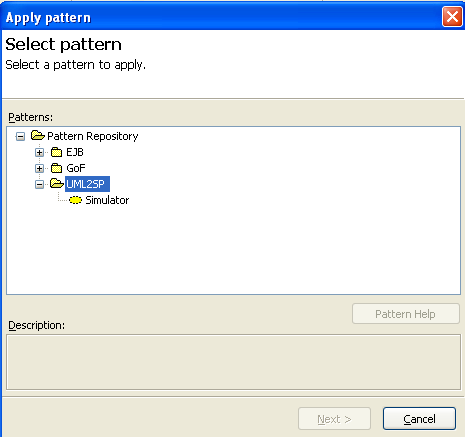
Figure 5. “Apply Patterns” window
Apply pattern:
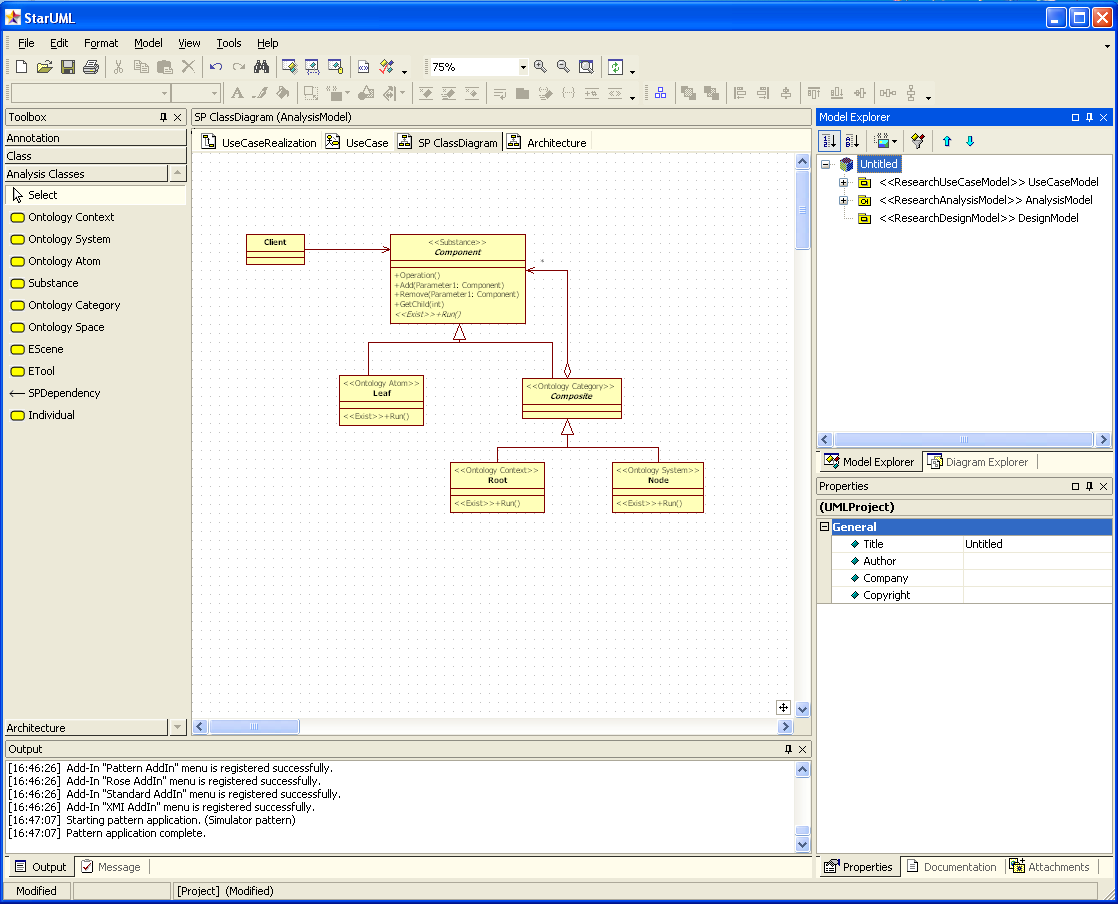
Figure 6. Applying “Simulator” pattern
2.2. Development realisation of use cases
In first step, we write use-case realization on a pseudo-code:
Node() {
pl = new Leaf("Goldsmith");
pl->next = new Leaf("Brown");
msg="";
}
void Run() { // <<Exist>>
if (pl != NULL) {
pl->putMessage(msg); // Interlocutor listen to the speaker
pl->Run(); // Interlocutor ponder a message
msg = pl->getMessage(); // Interlocutor give answer
probe = msg; // measurement
this->nextItem();
} else probe = "<close dialog>";
}
In second step, we draw Communication (or Sequence) Diagram (see Fig.7).
Go “UseCaseRealization” tab. Realization “Step” use case :

Figure 7. A Communication Diagram for simulation of dialog
2.3. Development of an Analysis classes
A class diagram build from communication diagram. This is non-formal procedure. The communication diagram must be an instance of class diagram: object is instance of class, link is instance of association. In this example it is just (Fig.8).
Go “SP Class diagram” tab. Class diagram:
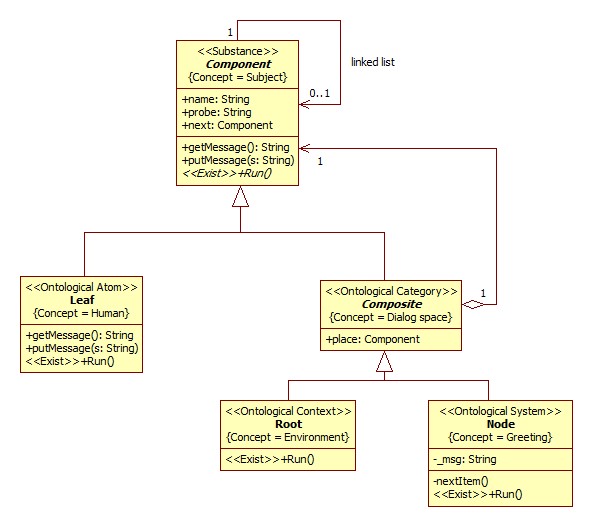
Figure 8. An Analysis Class Diagram for the simulation
For the class diagram must assign computational semantics and application domain semantics.
2.4. Description of a computational semantics
The class diagram is variant of a Composite pattern . Threads interact according to the rules like in nature. In this case is Single Threaded Execution pattern
2.5. Description of a problem domain semantics
In UML2 SP conceptual model is an ontology. Further we use the terms of Ontology engineering in notation by Marvin Minsky. You must very good understand a domain of application.The ontology must be true, otherwise the simulation model will not be correct.
A definition of dialog from Wikipedia:
“Dialogue (sometimes spelled dialog in U.S. English) is a written or spoken conversational exchange between two or more people, and a literary and theatrical form that depicts such an exchange.”
Formal describe this definition is a ontology depicted in class diagram.
- The “Component” frame define “Subject” concept. This frame has “name” and “next” slots.
- The “Leaf” frame define “Human” concept.
- The “Composite” frame define “Dialog space” concept and has “pl” slot.
- The “Root” frame define “Environment” concept . It is initial and boundary conditions.
- The “Node” frame define “Greeting” concept and has “msg” slot. It is the system under study.
Class operations define a rule of change of slot.
An ontology is main artefact in the UML2 SP.
3. Formal description of software
In UML2 SP this step is a Design workflow.A Design model is an artefact of Design workflow.
In this workflow select a platform, programming language, and design of algorithms for operations of classes. The design of the communication process in Fig. 7 depends on the programming language. For Analysis model can be created several Design models for different programming language.
This workflow requires a lot of time.
It can be said that the Design Model should provide synchronization between the Analysis Model and the program code.
In our case, we select C++ and parallel programming (but not concurrent programming).
The StarUML v.5.0 do not support MDA(Model-driven architecture) in full. So, end step execute in hand mode. Let the code be prepared.
(a) Connect with the C ++ profile
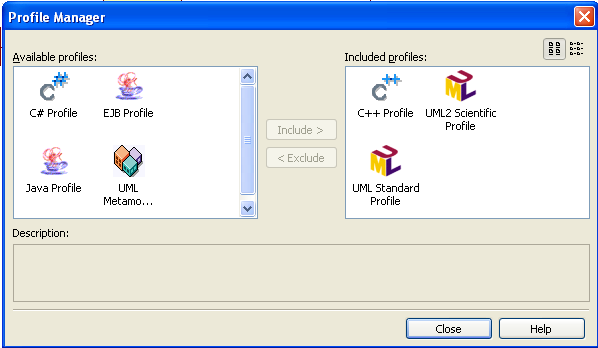
Figure 9. The C++ profile
(b) Execute reverse engineering

Figure 10. Run reverse engineering
(c) Compare class diagrams
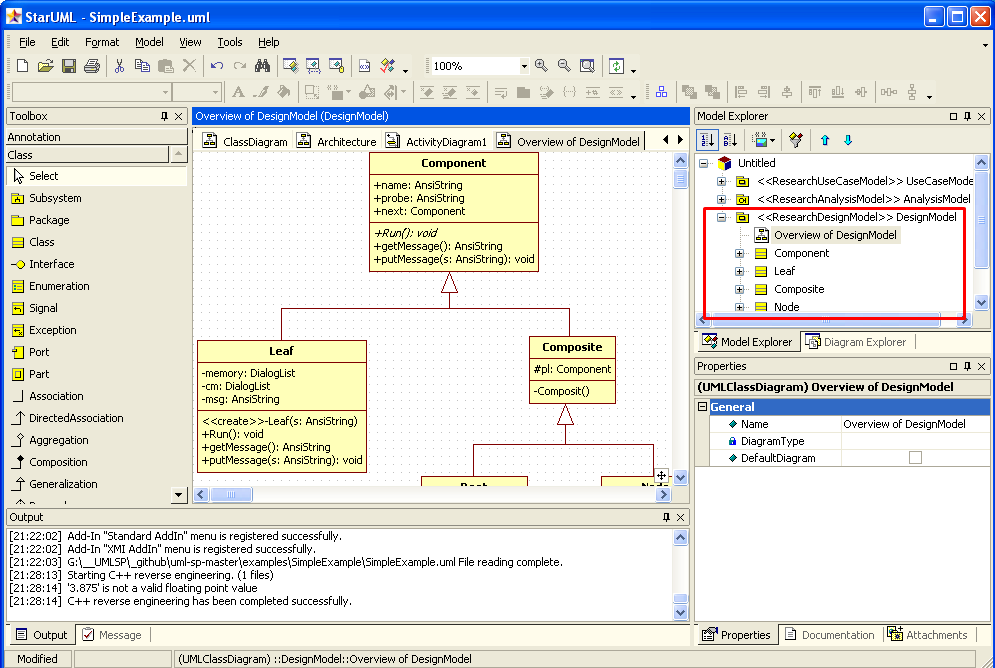
Figure 11. Class diagram of Design Model
It is necessary to make sure that the diagram of the analysis classes coincides with the diagram of the design classes. Otherwise, make changes to the program code.
Model drive a development of software.
Further - programming, testing and etc.
The simulation model in C++ code: AppBaseClasses.h, AppBaseClasses.cpp